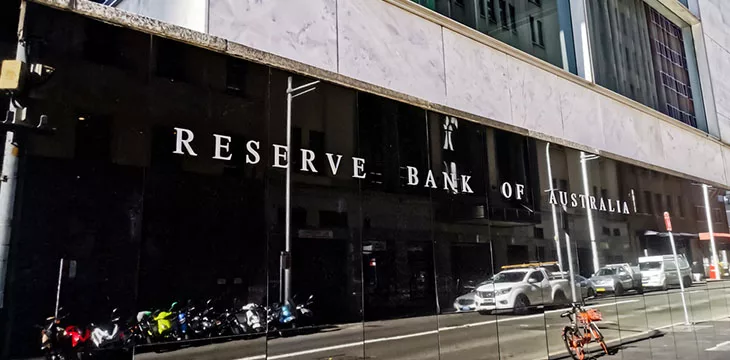|
Getting your Trinity Audio player ready...
|
Australia’s new central bank governor has expressed support for a wholesale central bank digital currency (CBDC) over a retail version, pointing to the successes gleaned from recent case studies.
The new Reserve Bank of Australia (RBA) Governor, Michele Bullock, stated in an interview
that the CBDC experiment yielded several positives for the country’s payment system. Bullock cited the use cases in cattle auctions but is “still not convinced on the retail CBDC side.”
Although Bullock’s interview did not delve into the downsides of a retail CBDC offering, experts have pointed to the heightened risks of bank disintermediation that could affect commercial banks’ profitability. Others have argued that the domestic payment system in Australia is advanced to provide the perks of financial inclusion and competitive transaction fees.
Bullock, appointed RBA governor in September, is backing a wholesale CBDC that will improve interbank settlements. The new RBA Governor has considerable experience with wholesale CBDCs from leading Project Atom, the central bank’s Proof-of-Concept (PoC) for asset tokenization.
Rather than discard a retail CBDC offering, the new RBA governor confirmed that the central bank will closely monitor their developments in other jurisdictions.
“I know other countries are looking at retail CBDC and will continue to keep in touch with that but that’s probably not our main focus for the next little while,” Bullock said.
Bullock disclosed that the RBA will be pursuing using CBDCs to settle transactions involving tokenized assets for greater levels of efficiency and tokenization. When asked on the prospect of a regulatory framework, Bullock said the RBA would allow the industry to self-regulate instead. Still, the concept of a regulatory sandbox remains on the table.
“If you tokenize assets, put them on the ledger, can you use CBDC to make that a much more efficient and safer settlement process,” Bullock remarked.
Previously, RBA Deputy Governor Brad Jones confirmed the central bank’s interest in tokenizing financial assets, pushing for more significant roles for CBDCs to counter the instability of digital assets.
Still testing the waters
Australia has upped its experiments into CBDCs in recent months following the launch of a live pilot with several commercial banks, payment services firms, and technical partners. The pilot explored a range of use cases, including trading carbon credits, cattle auctions, and integration with decentralized finance and cross-border payments.
While attempts to explore offline payment capabilities yielded early successes, the Australia and New Zealand Banking Group (ANZ) study faced several challenges at real-world deployment.
The central bank says it will continue probing the viability of nature-based asset trading, corporate bond settlements, and interoperable CBDCs.
To learn more about central bank digital currencies and some of the design decisions that need to be considered when creating and launching it, read nChain’s CBDC playbook.
Watch: CBDCs are more than just digital money

 07-08-2025
07-08-2025 





